Hainan Free Trade Port: A Top-Down Vision Reshaping China Trade
Chinese leadership is orchestrating a transformative era for Hainan Free Trade Port, positioning it as a strategic nexus for global trade and investment. In a series of high-profile visits and international forums, Vice Premier Ding Xuexiang and Hainan Governor Liu Xiaoming have articulated a bold vision—one that combines institutional innovation, policy breakthroughs, and seamless global connectivity to propel Hainan into the new era of opening-up.
A Strategic Mandate from the Top
During recent inspection tours across key infrastructure—from advanced social management centers to bustling airport and harbor facilities—Vice Premier Ding Xuexiang underscored the urgency of launching independent customs operations within the year. His directives, emphasizing orderly implementation of duty-free shopping policies and the creation of an international tourism consumption center, reflect a meticulously planned top-down strategy. Echoing this vision, Governor Liu Xiaoming, at the Boao Forum for Asia's 2025 Global Free Trade Port Development Forum, outlined how the forthcoming customs operations will further enhance Hainan's trade and investment flow, deepening its ties with mainland China's expansive market.
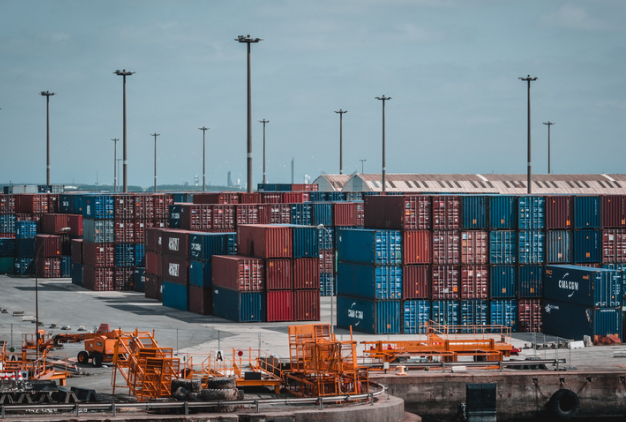
Innovative Policy Framework and the “Five Connectivities”
At the heart of Hainan's strategy lies a suite of innovative policies designed to dismantle trade barriers and foster international cooperation. Since its inception, Hainan Free Trade Port has rapidly expanded its international “circle of friends,” now boasting partnerships with 38 free trade zones across Asia, Africa, Europe, and Latin America. Official statistics for 2024 reveal a robust 20% year-on-year increase in goods trade and a 23.9% growth in service trade—figures that underscore the port's burgeoning potential.
Liu Xiaoming's ambitious “Five Connectivities” initiative—encompassing regulatory harmonization, infrastructural integration, service-led industrial linkage, sustainable development, and enhanced dialogue—serves as a blueprint for modernizing trade systems. This framework not only aims to lower the cost of doing business but also aspires to create a resilient, globally connected economic ecosystem.
Global Integration and Economic Implications
Hainan's meticulously crafted policy environment is designed to attract global investors and multinational enterprises. By streamlining customs procedures, offering a “zero-tariff” list, and extending preferential incentives for domestic consumption, the Free Trade Port is setting a new standard for international economic integration. These measures promise to reduce transactional frictions and open new avenues for cross-border investment—a development that Western banks, investment firms, and multinational corporations will undoubtedly monitor with keen interest.
Furthermore, the strategic alignment of Hainan's development with global initiatives such as the Regional Comprehensive Economic Partnership (RCEP) and the Belt and Road Initiative hints at broader implications. As Hainan fortifies its position as a vital node in the global supply chain, its top-down model of institutional reform and policy innovation offers a compelling case study for modern trade governance in an increasingly interconnected world.
A Model for Future Global Trade
The concerted efforts to establish Hainan as a premier Free Trade Port underscore a broader trend in which state-driven strategies are redefining global trade paradigms. With an unwavering commitment to openness and innovation, Hainan is not only enhancing its own economic prospects but also contributing to a more dynamic and integrated global market. For Western business leaders and policymakers, this evolution offers invaluable insights into how coordinated, high-level policy directives can create fertile ground for sustainable economic growth and international collaboration.
As 2025 unfolds, Hainan Free Trade Port is poised to transition from a regional experiment to a cornerstone of global trade—a vivid testament to the power of strategic foresight and cohesive governance in shaping the future of international commerce.









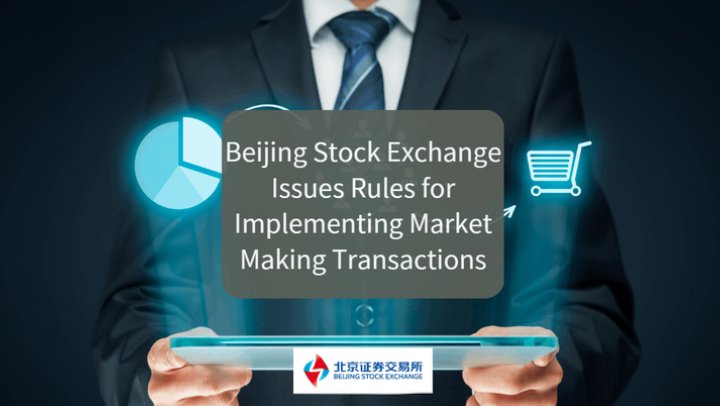

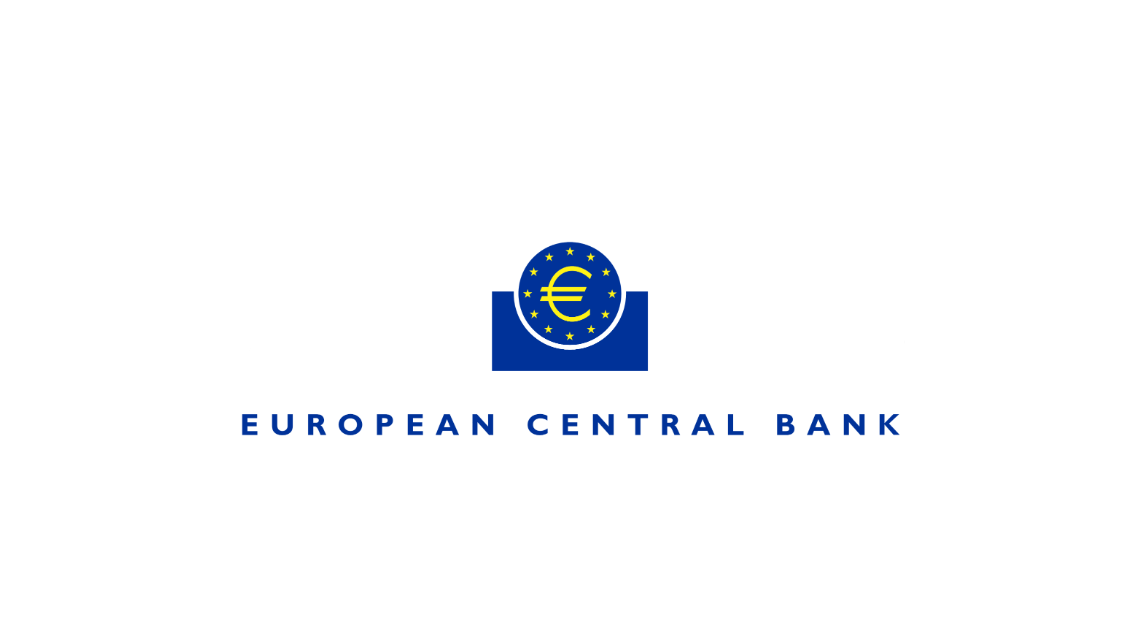
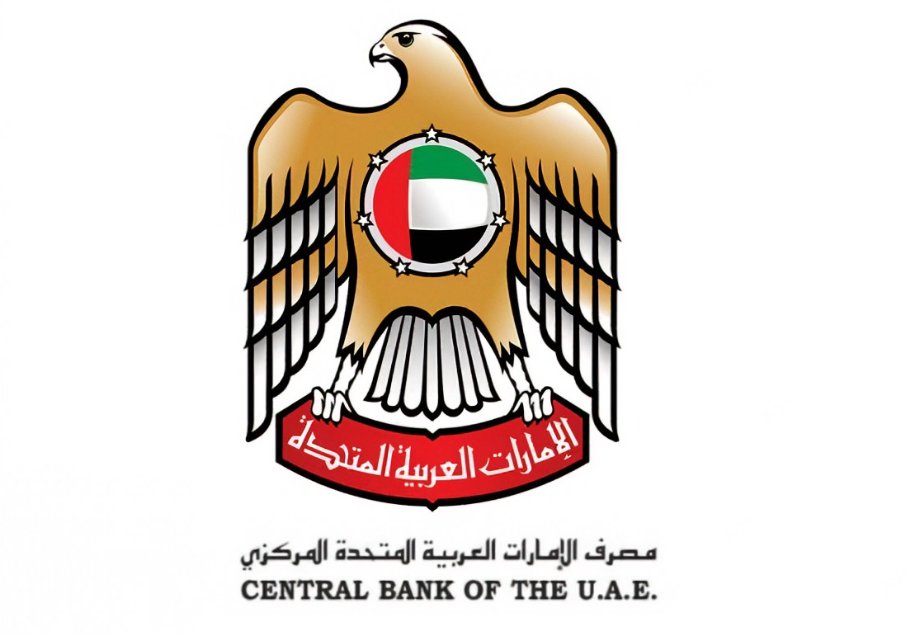
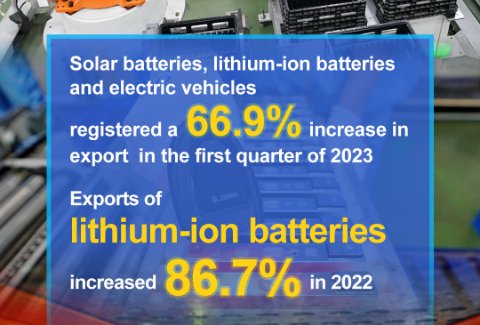
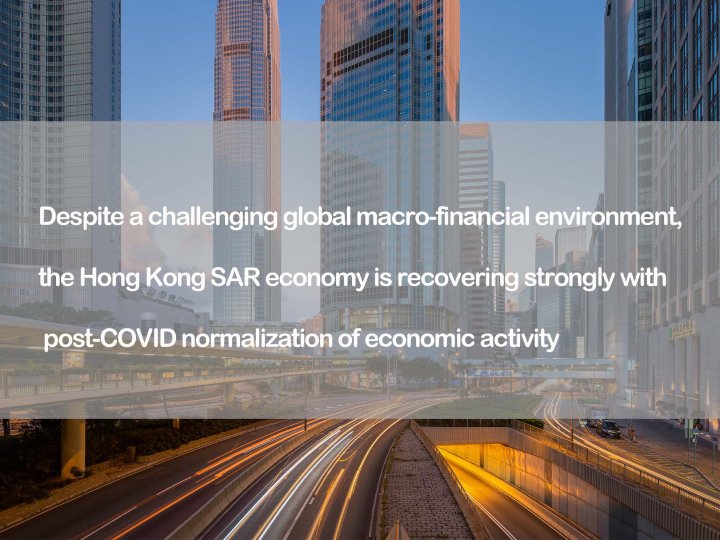
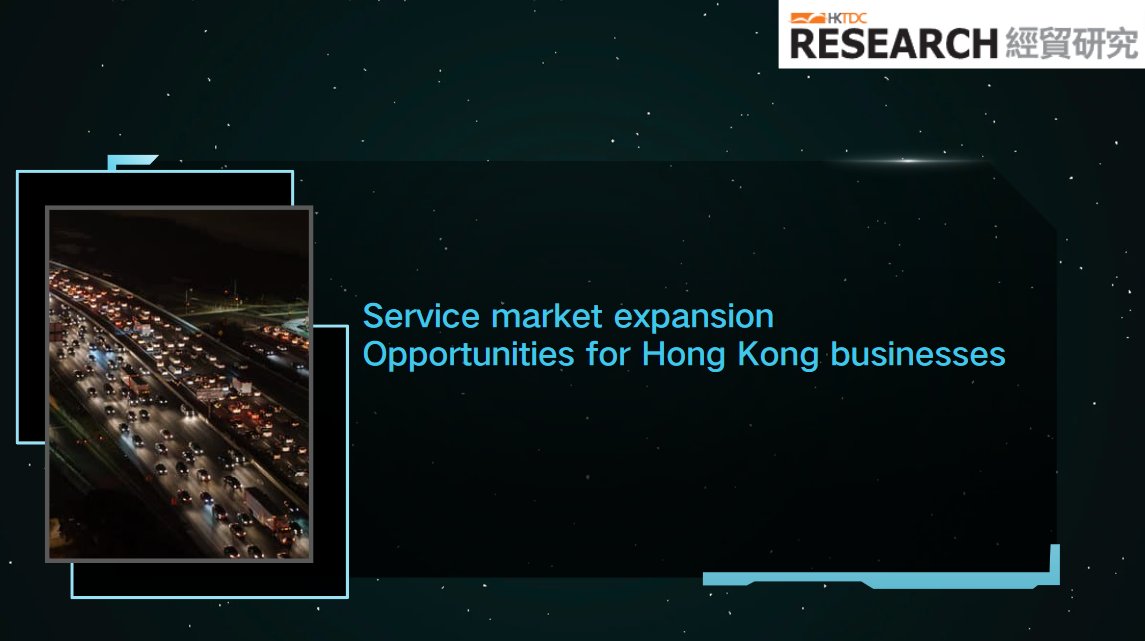


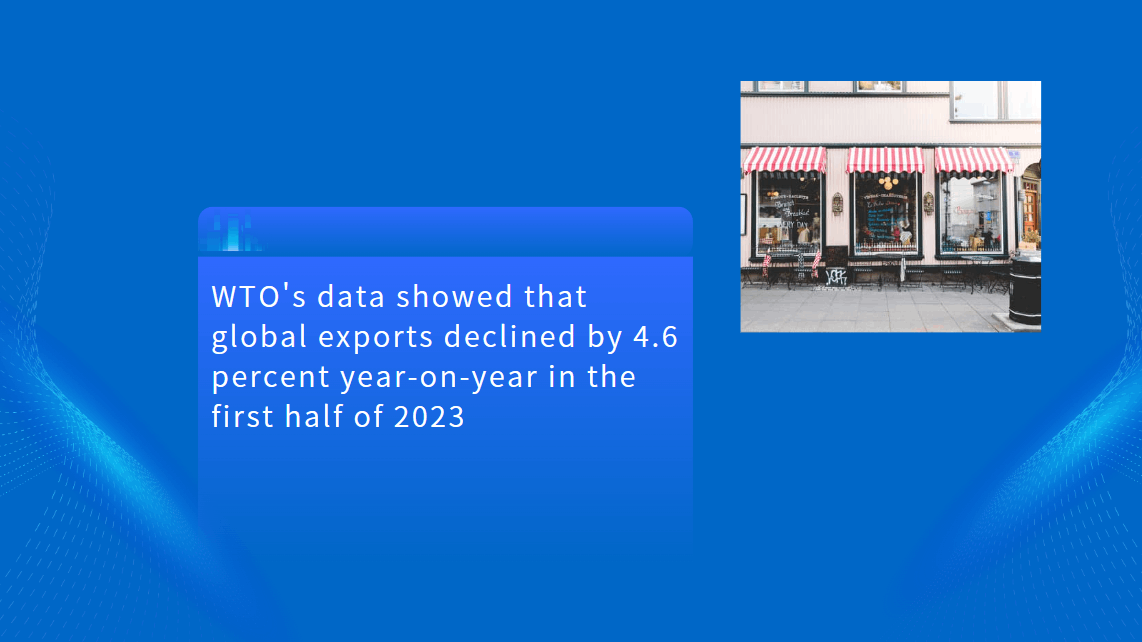
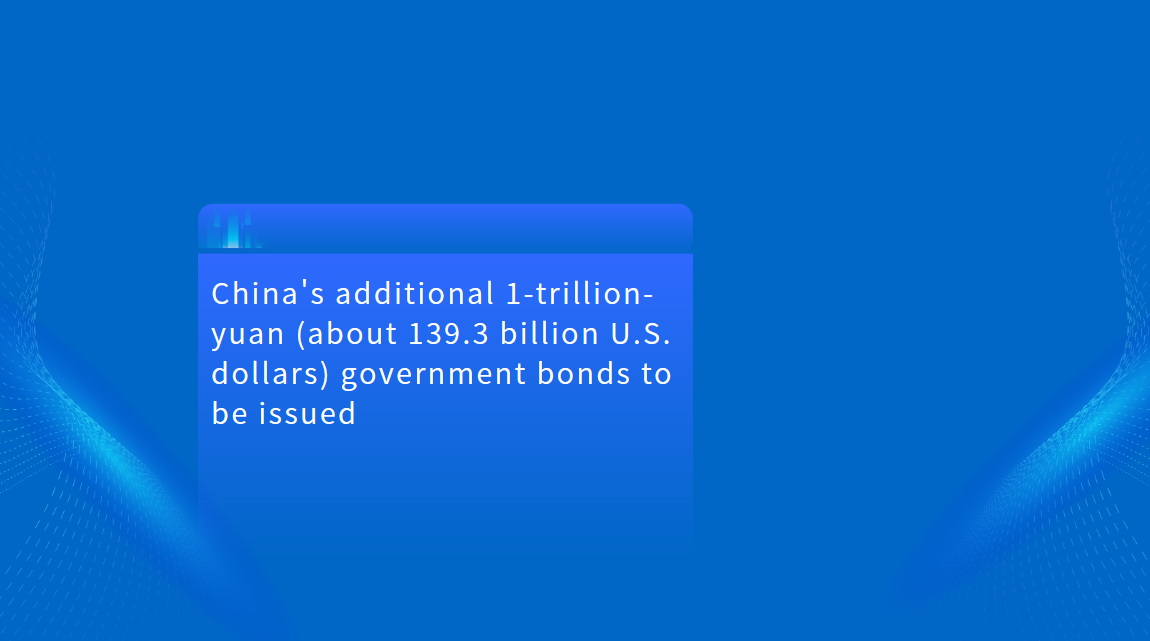
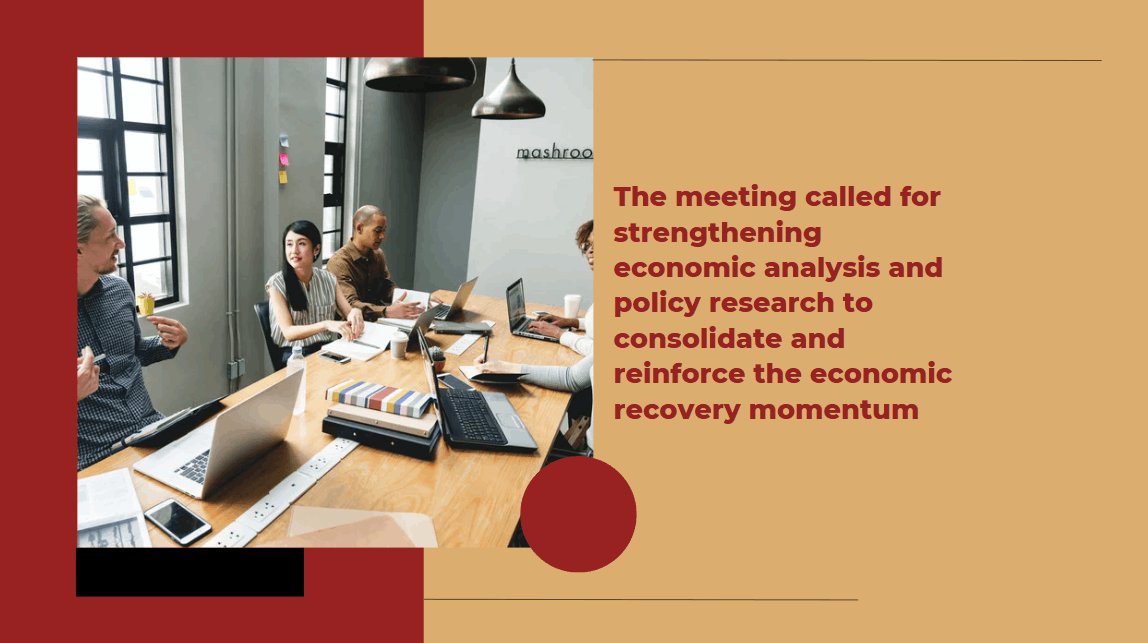

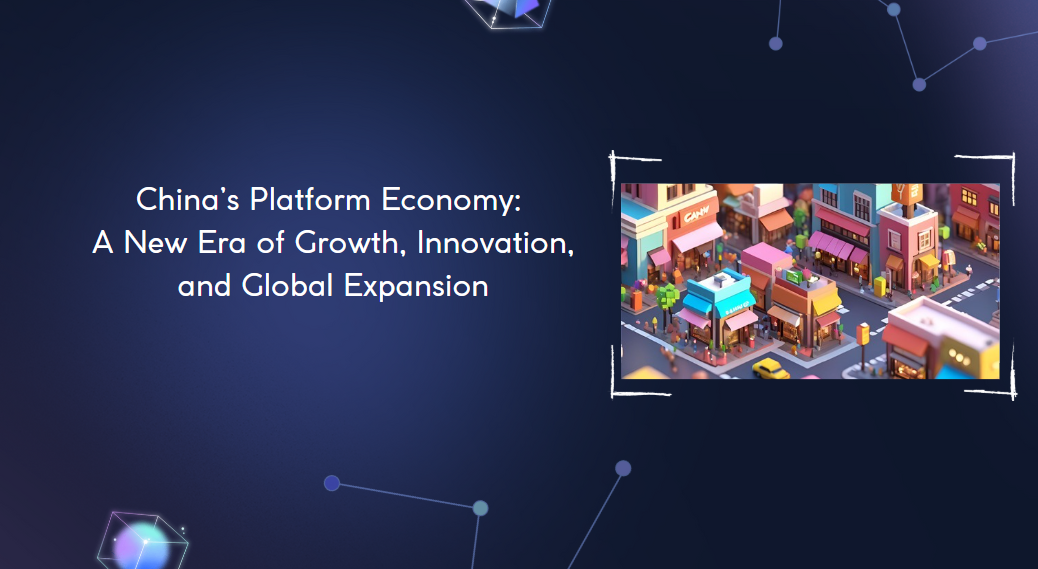
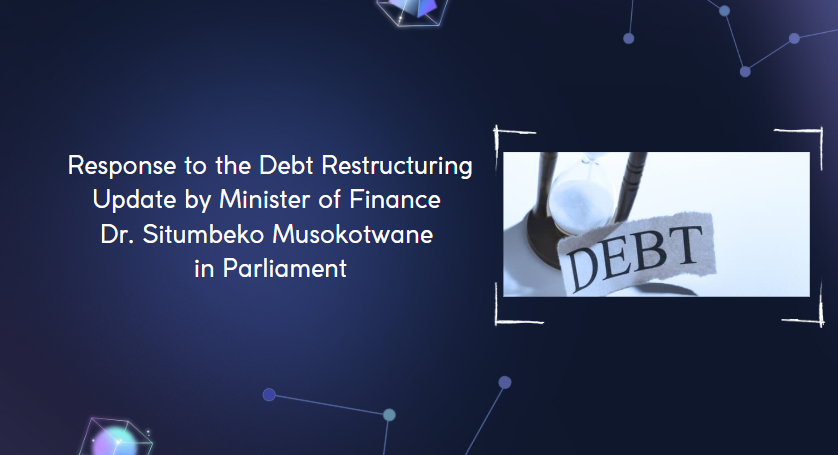
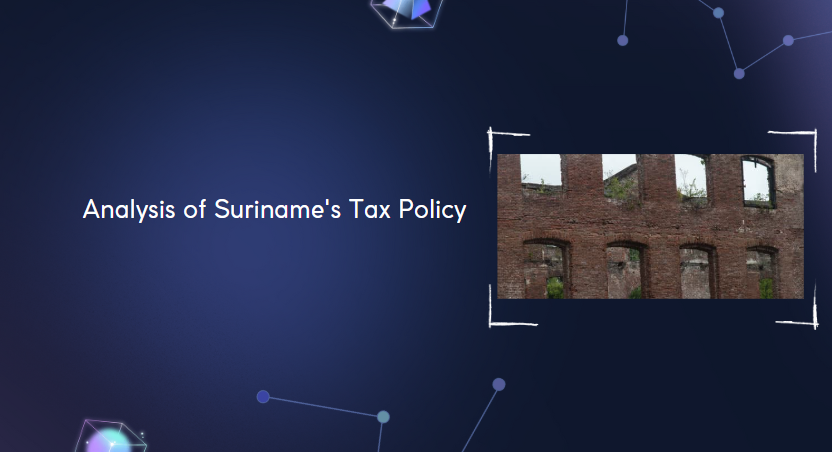














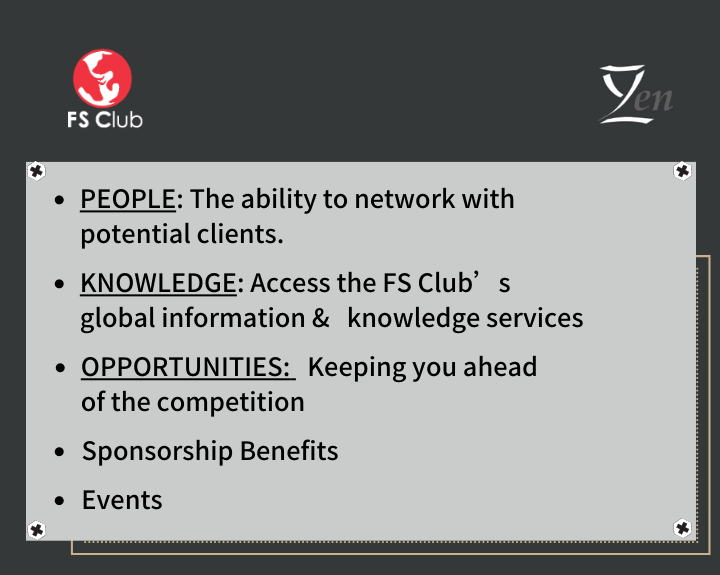













First, please LoginComment After ~